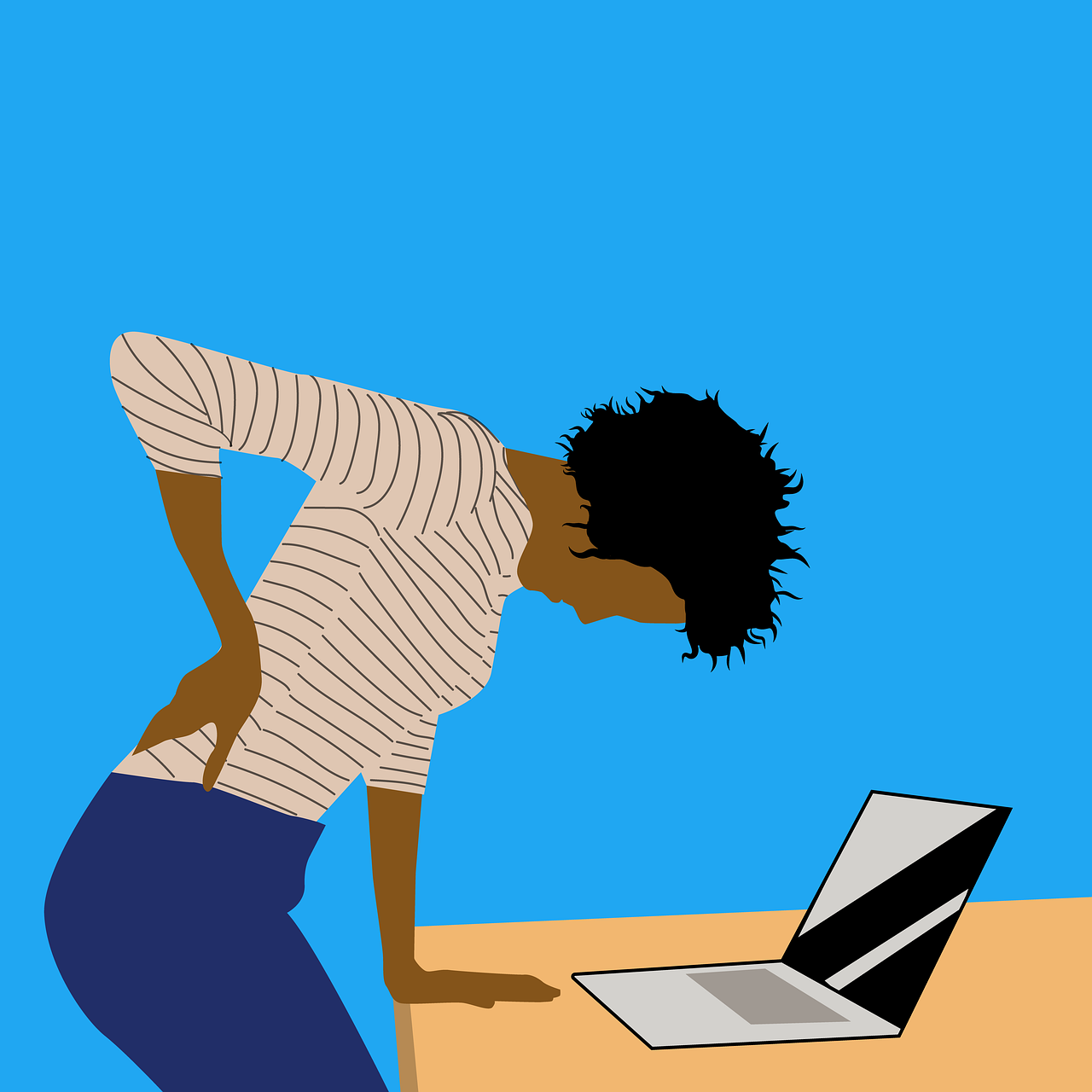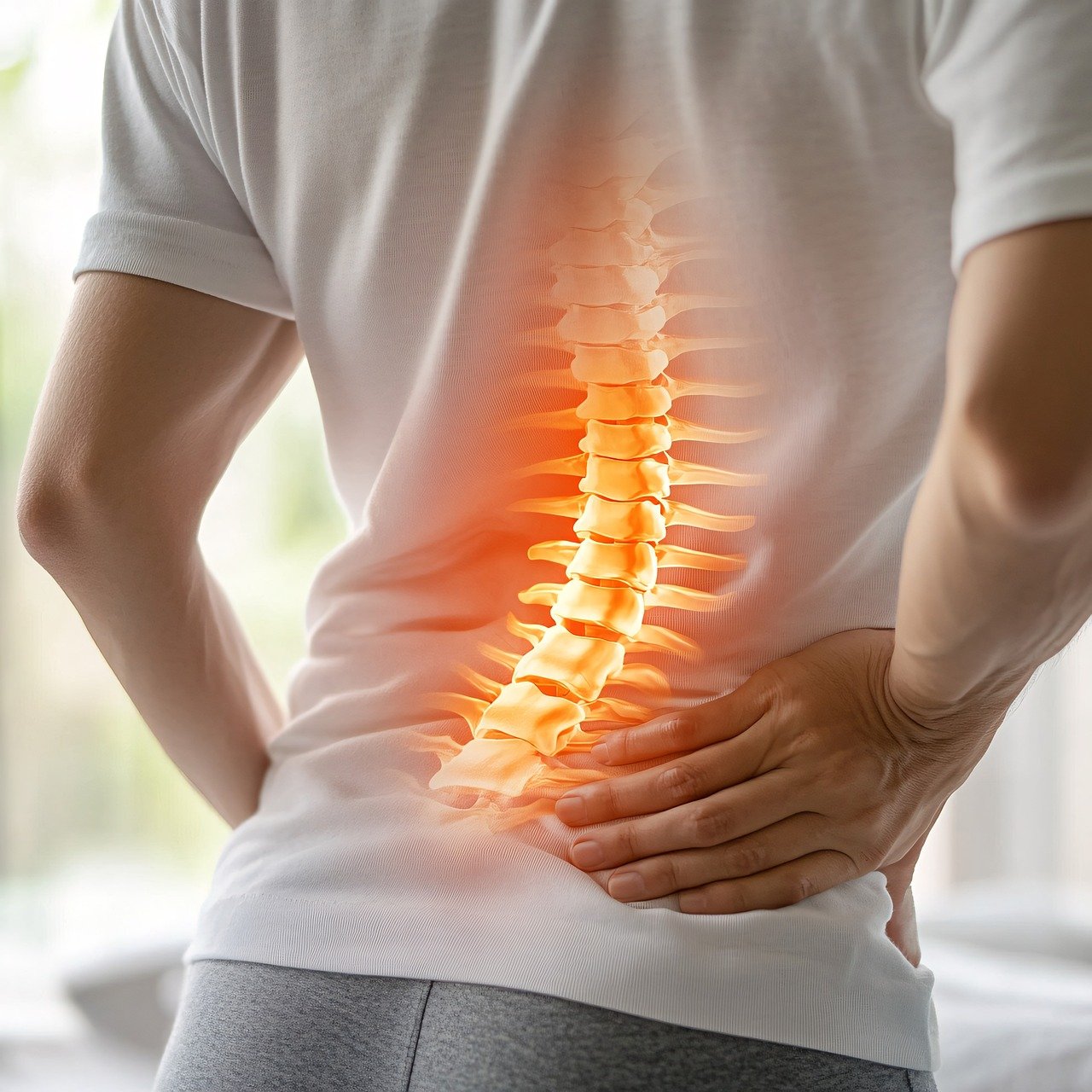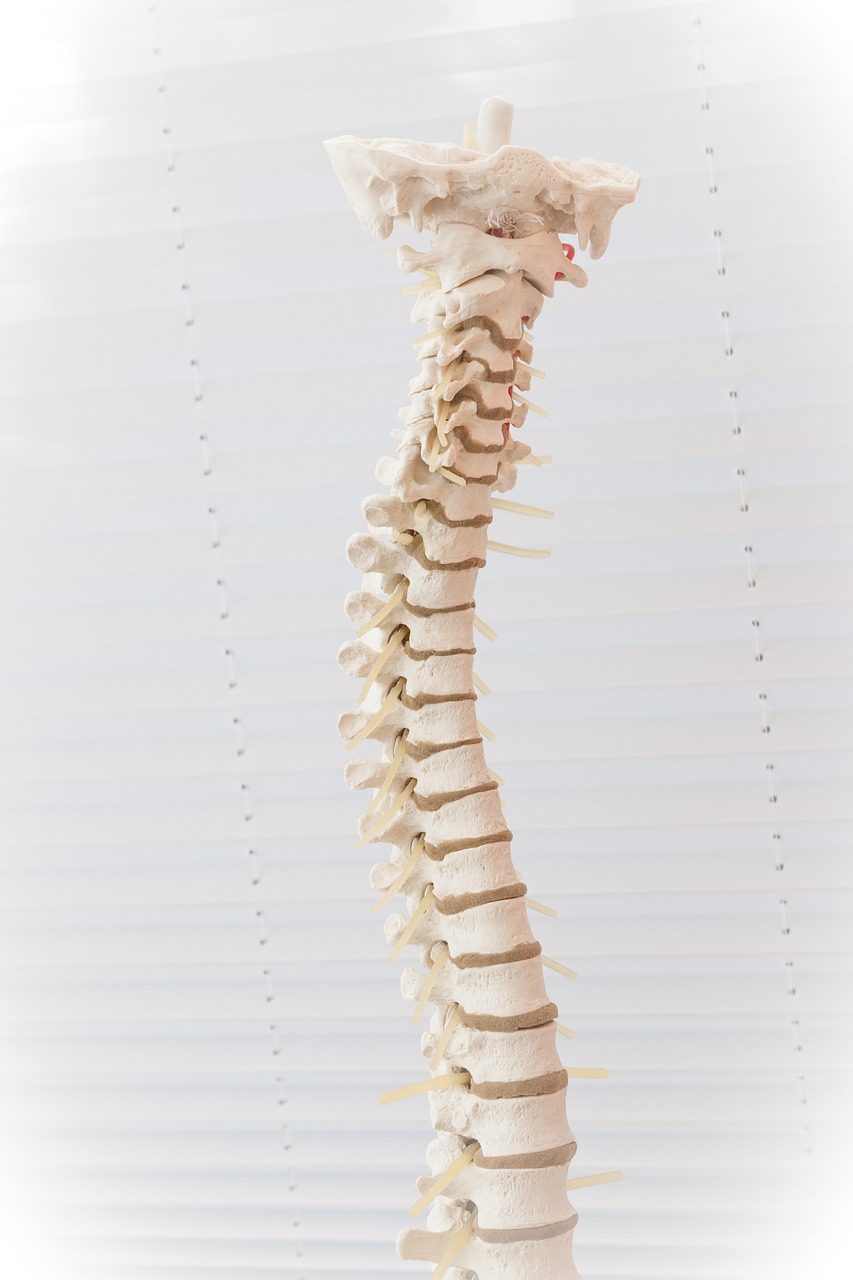Mid-thoracic pain, often felt as discomfort or stiffness in the middle part of the back, is a common complaint among people of all ages. This discomfort can manifest as cracking or popping noises, muscle spasms, or a persistent ache that interferes with daily activities. The thoracic spine, which plays a vital role in lateral flexion (side bending) and rotation, can become a source of pain due to a variety of factors. In this article, we’ll explore the causes of mid-thoracic pain, its symptoms, and a series of exercises designed to alleviate discomfort and restore functionality.
Symptoms of Mid-Thoracic Pain
The symptoms of mid-thoracic pain often include:
Cracking or popping noises : This may occur during movement and is often due to joint instability or stiffness. Muscle spasms : These sudden, involuntary contractions can cause intense discomfort and limit mobility. Persistent aches or sharp pain : This pain may worsen with certain postures or movements.

Causes of Mid-Thoracic Pain
Several factors contribute to mid-thoracic pain. The most common include:
1. Poor Posture : Spending long hours hunched over a desk, computer, or mobile phone can lead to increased stress on the thoracic spine. Over time, this can cause myofascial pain (muscle pain) and tension.
2. Thoracic Hyperkyphosis : This exaggerated forward curvature of the thoracic spine places excessive pressure on the back muscles and joints.
3. Scoliosis : Abnormal lateral curvature of the spine can lead to imbalances and pain in the thoracic region.
4. Large Breasts : Women with larger breasts may experience additional strain on the thoracic spine due to the forward pull on their shoulders and upper back.
5. Overuse or Strain : Repeated movements, heavy lifting, or poor ergonomics can overwork the muscles and joints, leading to inflammation and pain.

Exercises to Relieve and Prevent Mid-Thoracic Pain
Incorporating targeted exercises into your routine can help alleviate mid-thoracic pain by strengthening the muscles, improving posture, and enhancing spinal mobility. Below is a comprehensive list of exercises, categorized into stabilization and mobility techniques.
Stabilization Exercises
Stabilization exercises focus on strengthening the muscles around the thoracic spine to improve posture and prevent further pain.
1. Tennis Ball Massage :
o Place a tennis ball between your back and a wall at the point of pain.
o Move up and down or side to side to massage the area.
o This helps release tension and improves blood flow.
2. Shepherd’s Hook (Self-Massage) :
o Use a shepherd’s hook or similar tool to apply pressure to specific knots or trigger points in your back.
o Focus on areas of tightness for relief.

3. Foam Roller Stretch :
o Lie on a foam roller positioned under your lower thoracic spine.
o Raise your pelvis and extend your arms overhead.
o Gently roll back and forth to stretch and mobilize the spine.
Mobility and Strengthening Exercises
These exercises target the thoracic spine and surrounding muscles to improve range of motion and reduce stiffness.
1. Flexion, Extension, Lateral Bending, and Rotation :
o Perform controlled movements in all directions to mobilize the cervical, thoracic, and lumbar regions.
2. Bend-Over Rowing with Elastic Band :
o Hold an elastic band with both hands.
o Bend forward slightly and pull the band toward your body, mimicking a rowing motion.
3. Side and Front Raises with Elastic Band :
o Hold the band in both hands and perform lateral (side) and front arm raises to strengthen the shoulders and upper back.

4. Overhead Band Stretch :
o Hold the band overhead and pull it forward and backward to stretch and mobilize the thoracic spine.
5. Deep Breathing with Shoulder Rolls :
o Sit up straight and take deep breaths while rotating your shoulders forward and backward to relieve tension.
6. Rear Arm Extension with Stick or Elastic Band :
o Use a stick or band to stretch your arms backward, opening up the chest and thoracic spine.
7. Wall Angel :
o Stand with your back against a wall.
o Slowly move your arms up and down in a "snow angel" motion, keeping them in contact with the wall.
8. Plank and Side Planks :
o Strengthen the core and thoracic stabilizers with regular and side plank variations.
9. Cow-Cat Stretch :
o Alternate between arching your back (cow) and rounding it (cat) while on all fours.

10. Superman Pose :
o Lie on your stomach and simultaneously lift your arms and legs off the ground.
11. Seated Stretch with Hands Behind Neck :
o Sit upright, place your hands behind your neck, and bend forward to stretch the thoracic spine.
12. Levator Scapula Stretch :
o While sitting, bend your head down and to the left, using your left hand to guide the stretch. Repeat on the right side.
13. Rhomboid Stretch :
o Extend both arms straight in front of you and clasp your hands together.
o Pull your arms forward to stretch the rhomboids between your shoulder blades.
14. Arm and Body Rotation :
o Sit or stand, extend one arm forward, and rotate your torso to stretch the thoracic and lumbar regions.
Tips for Preventing Mid-Thoracic Pain:
1.

Improve Ergonomics :
o Ensure your workstation is set up to support good posture, with your screen at eye level and back supported.
2. Take Regular Breaks :
o Avoid sitting or standing in one position for extended periods. Incorporate movement breaks into your day.
3. Strengthen Core Muscles :
o A strong core helps support the thoracic spine and reduces strain.
4. Maintain a Healthy Weight :
o Excess weight can put added stress on your spine and back muscles.
5. Wear Proper Support :
o If you have large breasts, consider a supportive bra to reduce strain on the back.
Conclusion
Mid-thoracic pain can be debilitating, but with the right exercises and preventive measures, relief is within reach. By focusing on improving posture, enhancing spinal mobility, and strengthening stabilizing muscles, you can alleviate discomfort and improve overall well-being.

Start incorporating these exercises into your routine today and enjoy a healthier, pain-free back. If pain persists, consult a healthcare professional for further evaluation and personalized treatment.
At Achieve Spinal Health , we can help create a personalized exercise programme tailored to your type of pain.
Contact us today on 020 7101 4503 or email: info@achievespinalhealth.co.uk to book a consultation with a Mid-thoracic pain Chiropractor or Osteomyologist in Kingston.
Don’t delay—taking action now could prevent further pain and help you regain a pain-free lifestyle.
 Add Row
Add Row  Add
Add 




Write A Comment